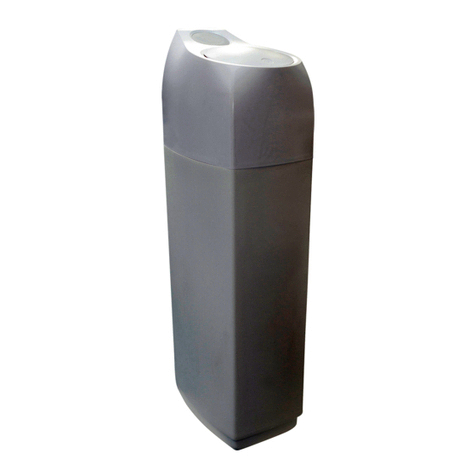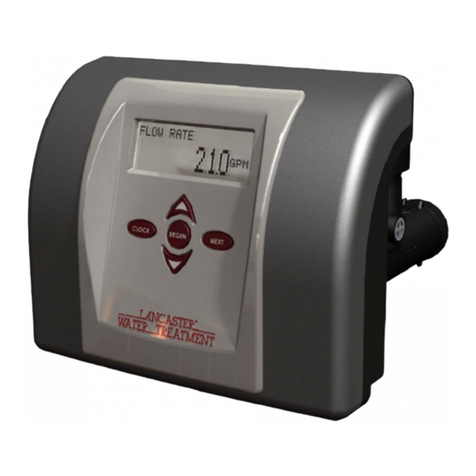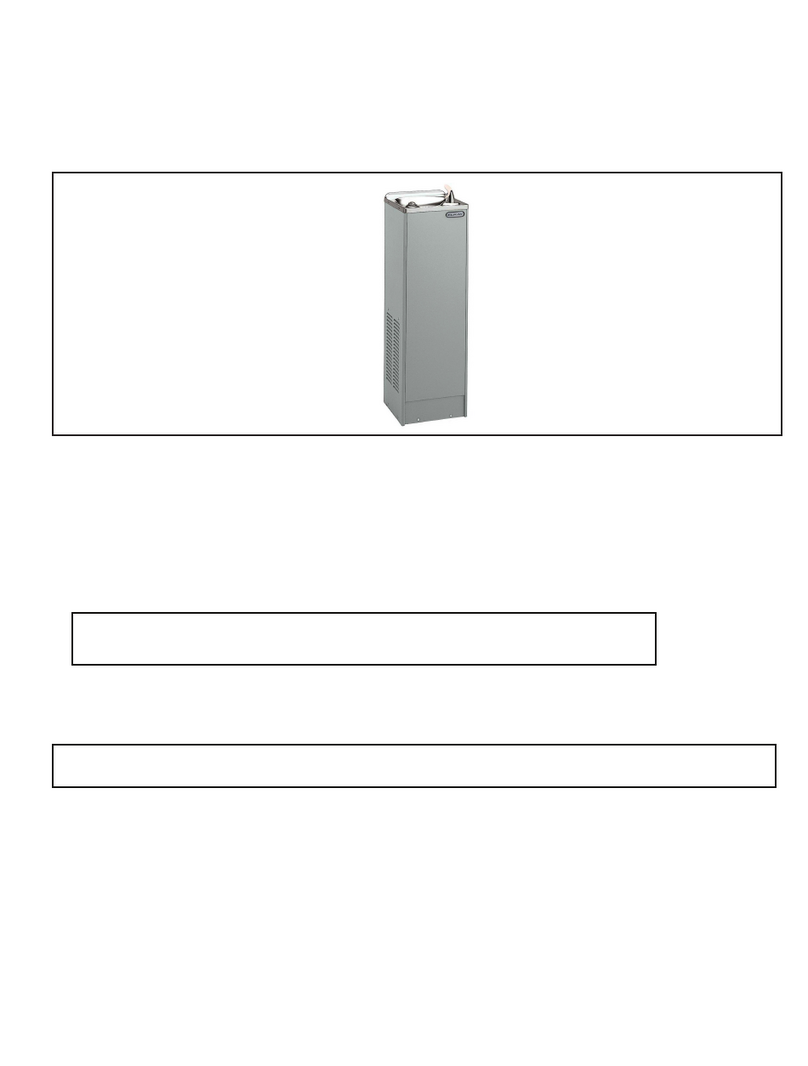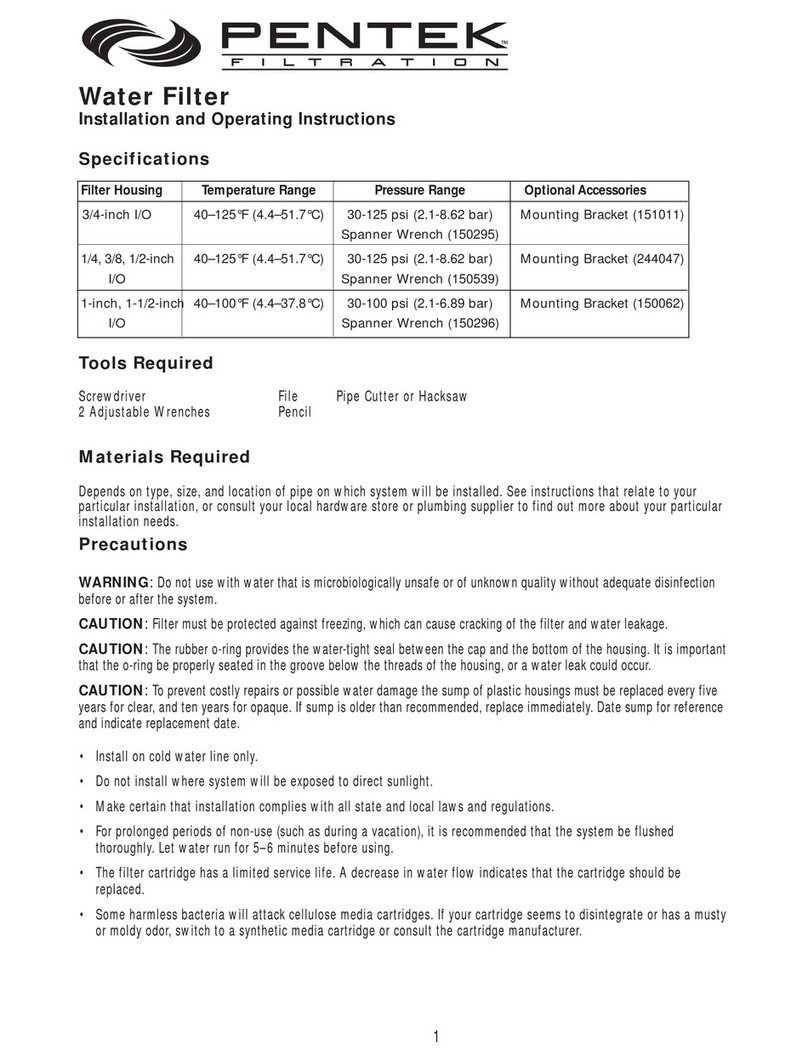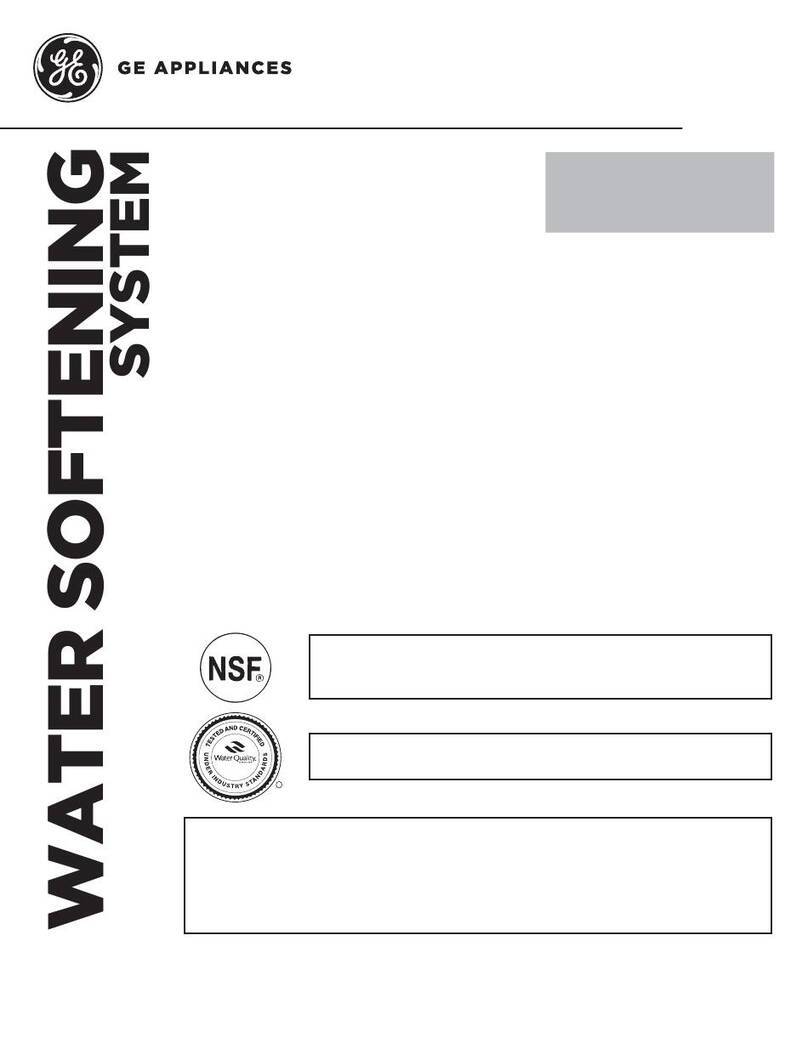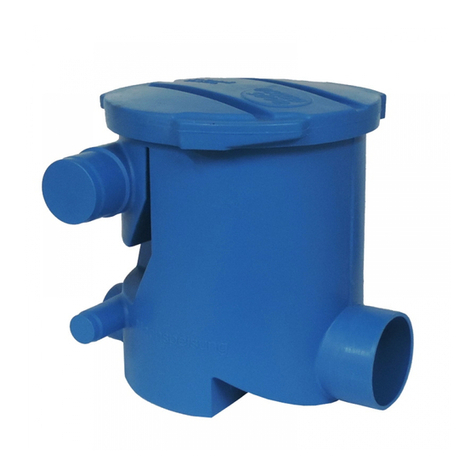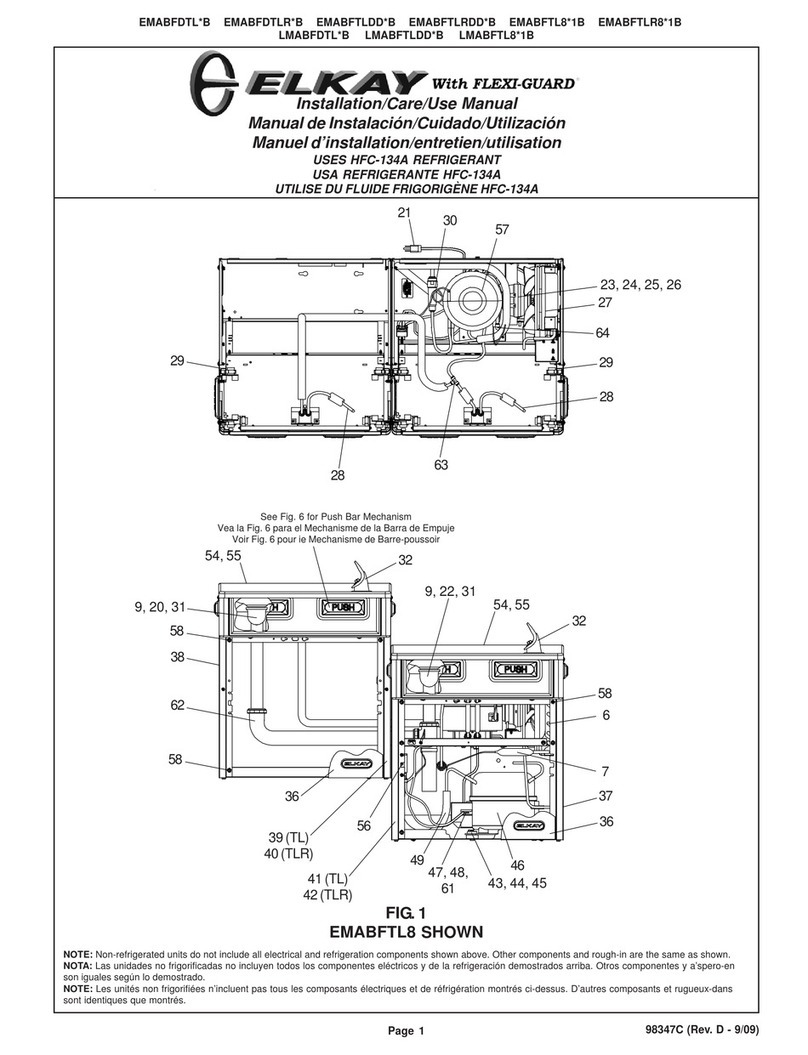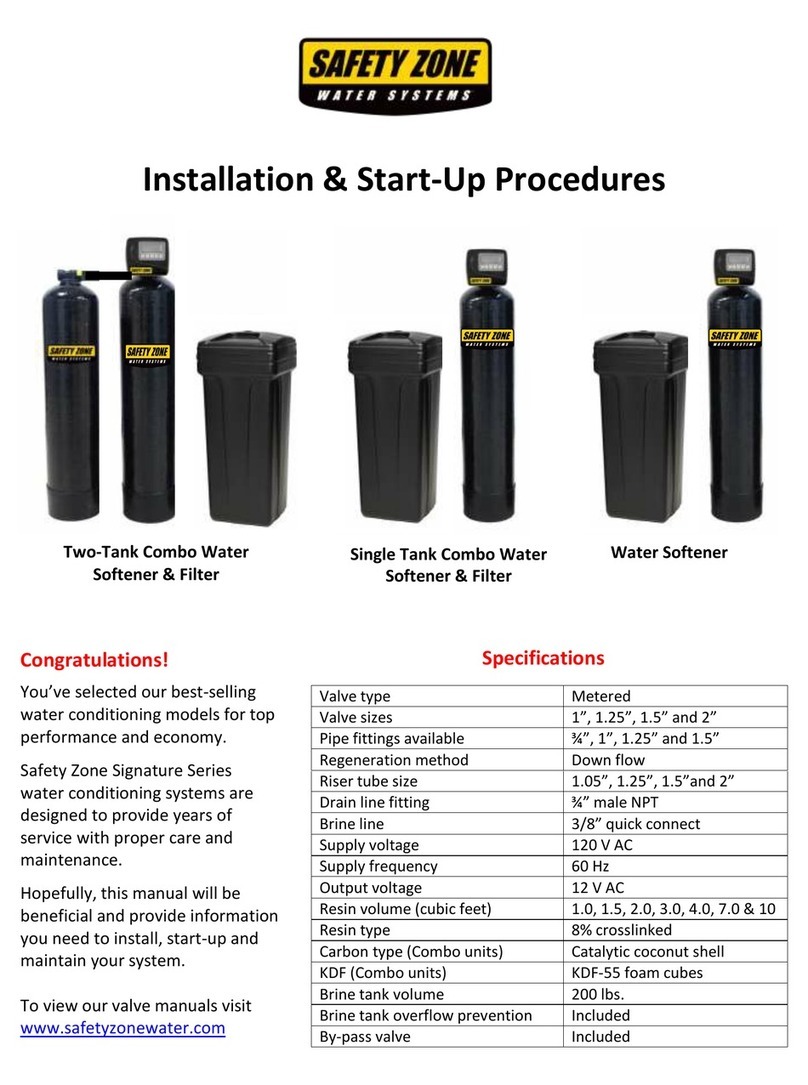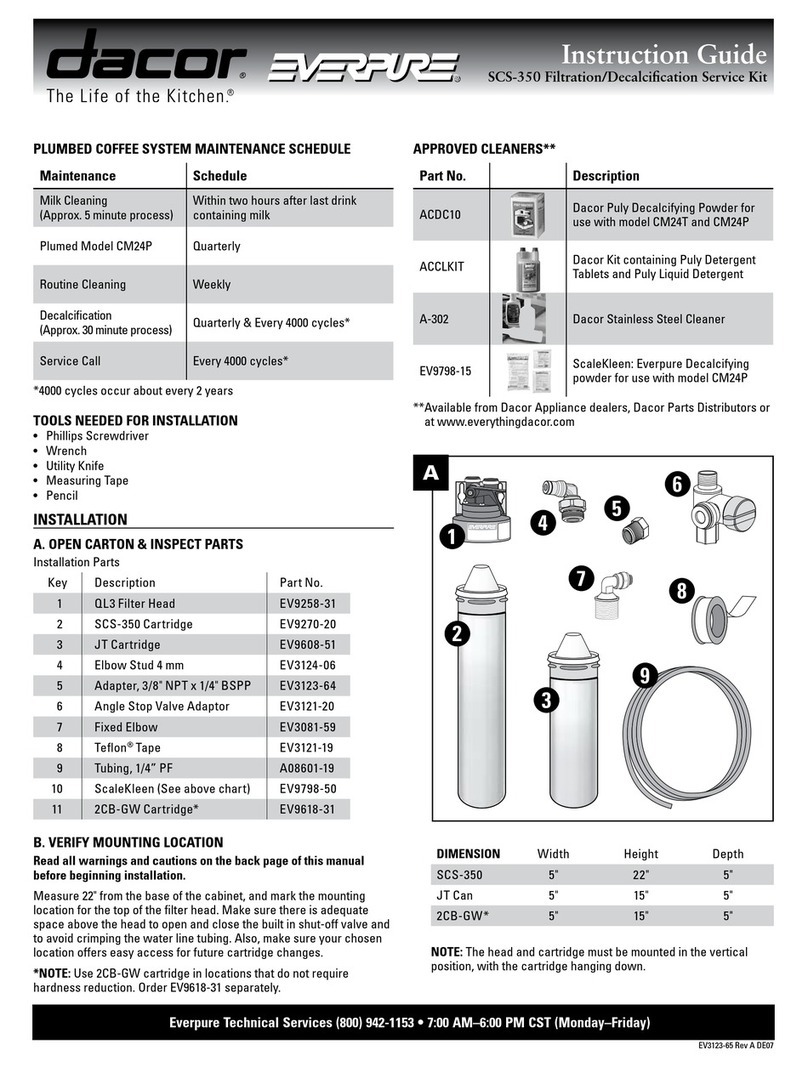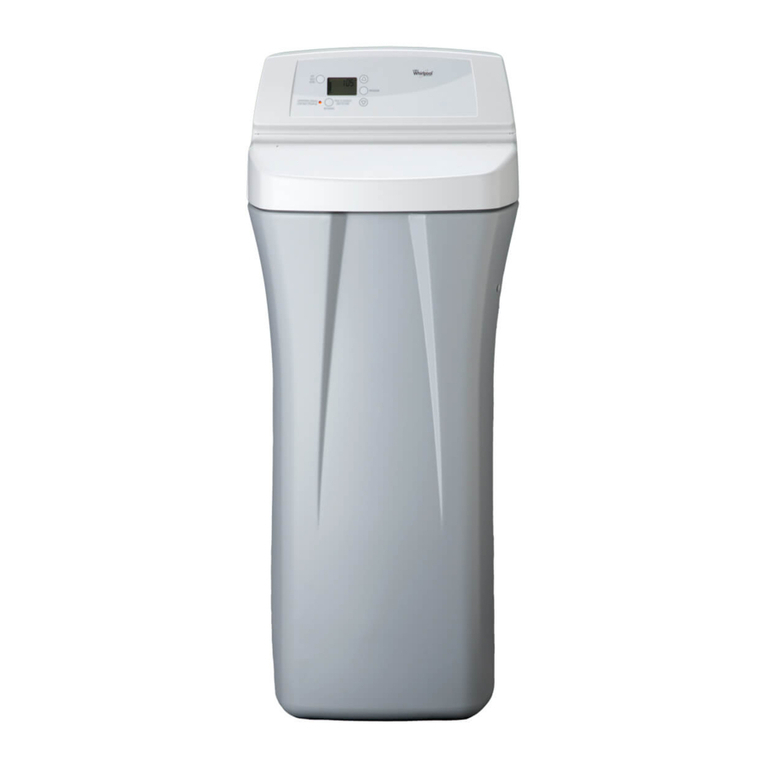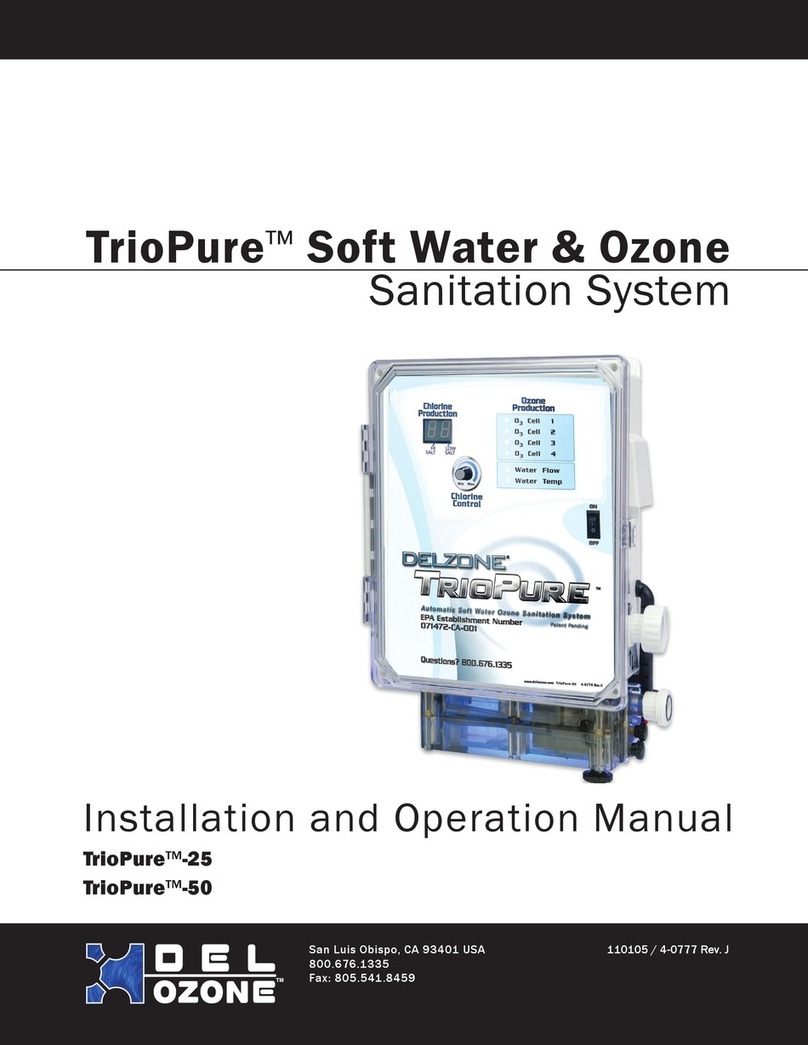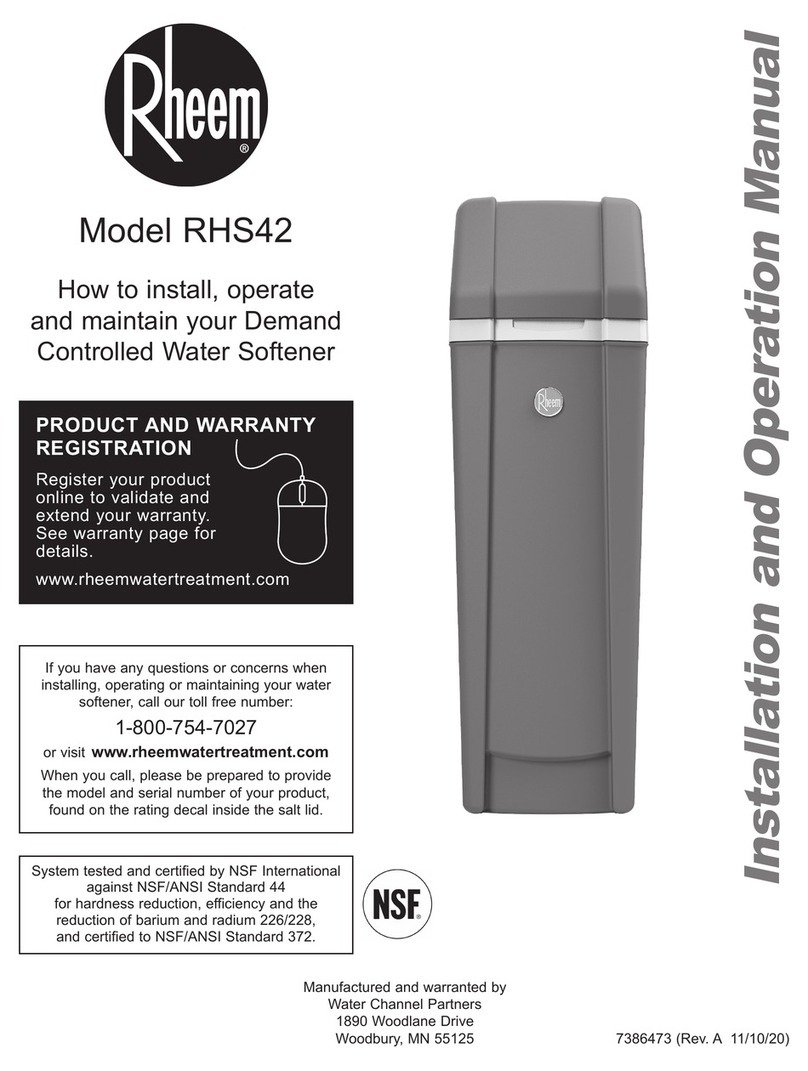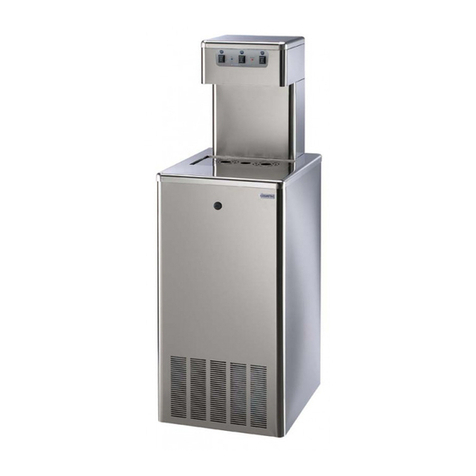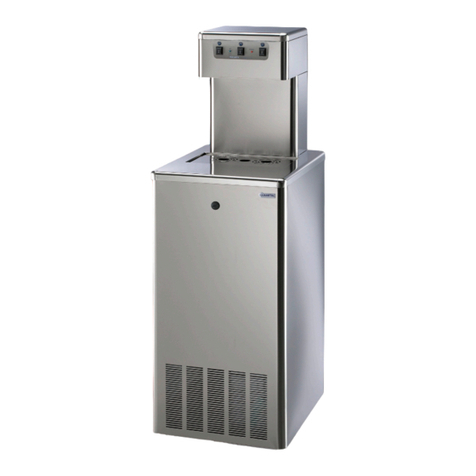
36
COOLINGSYSTEM
GB
ANOMALY POSSIBLECAUSE INTERVENTION
thecompressorwill
notstart
- powerfailure - checkthatthereisvoltageintheplug
- thermostatontheoffposition,orsettothemini-
mum
-
adjustthethermostatposition
- faultythermostat - replacethethermosta
t
- theover-loadprotectionofthecompressorisfaulty
- replaceit
- thestartingrelayisfaulty
- replaceit
- thestartingcapacitorisfaulty
- replaceit
- thecompressorisfaulty
- replaceit
thewateriscoldbut
theapplianceisope-
ratingexcessivelyor
non-stop
- littleventilation
- placetheapplianceawayfromthewall
-
thecondenserisdirtyorcovered
- cleanthecondenserorfreeitofitsobstacles
-
thethermostatisonmaximumcoldposition
- adjustit
-
theroomtemperatureishigherthan32°C
- itisnormalthattheapplianceworksatacontinuouslyhighroomtempe-
rature
thecompressor
workscontinuously,
butthewaterisnot
cold
- gasleakfromthecoolingsystem - contactaspecialisedtechnician(refrigerationist)
- thecompressorisfaulty
- replacethecompressor
COOLINGSYSTEM
toomuchnoisecom-
ingfrom the appli-
ance,butitiswork-
ingnormally
- themachineisnotlevelled
- leveltheapplianceusingtheadjustablefeet
- afewpipesaretouchingsomepartsinsidetheap-
pliance,thuscausingittovibrate
- adjustthepositionofthepipes,makingsuretheydonottouchanyother
parts
coldwatercomes
outslowlyornot
atall
- lowpressureoftheinletwater
- takestepstoincreasethepressure(autoclave)
- faultysolenoidvalve
- replaceit
- cloggedwaterlter
- replaceit
- the temperature adjuster is faulty and causes
completefreezingoftheicecompartment
- maketheicemelt.
replacethetemperatureadjuster
CARBONATINGSYSTEM
thecarbonated wa-
teris not very zzy
ornotatall
- thepressureofthegasintheco2reducerisset
tolessthan3bars
- increaseupto3.5–4bars
- co2cylinderempty - replaceit
- thetemperatureoftheoutletwaterishigh - adjustthepositionofthethermostattomaximum
- airbubblesinsidethecarbonator - cleanoutthecarbonator
onlygascomesout
ofthe carbonated
wateroutlet
- thelevelprobesaredirty - controlandreplace
- thepumpturnscontinuously - nowaterisenteringorthewaterlterisblocked
- thepumpturnscontinuously,inletwaterispre-
sent
- thepipettingintothecarbonatorisobstructed.disassembleandclean
- thepumpisblockedorthepump-motoris not
working
- checkitandreplaceit
- thelevelcontrollerisfaulty - controlandreplace
- thepumpsafetydevicehasintervened(nowater)
-
checkthatthereispressureinthenetwork
disconnectandreconnectthemachinefromtheelectricalnetworktoresetit
continuousdripping
fromtheoutlets - dirtysolenoidvalve - disassmeblethesolenoidvalveandcleanit
thestillwatercomes
outcarbonated
- thereisashortageofinletwater - disassembleandcleanorreplace


















